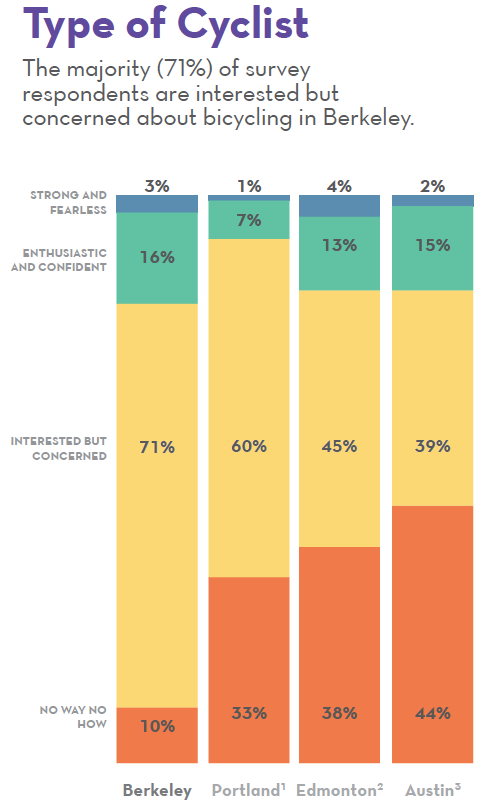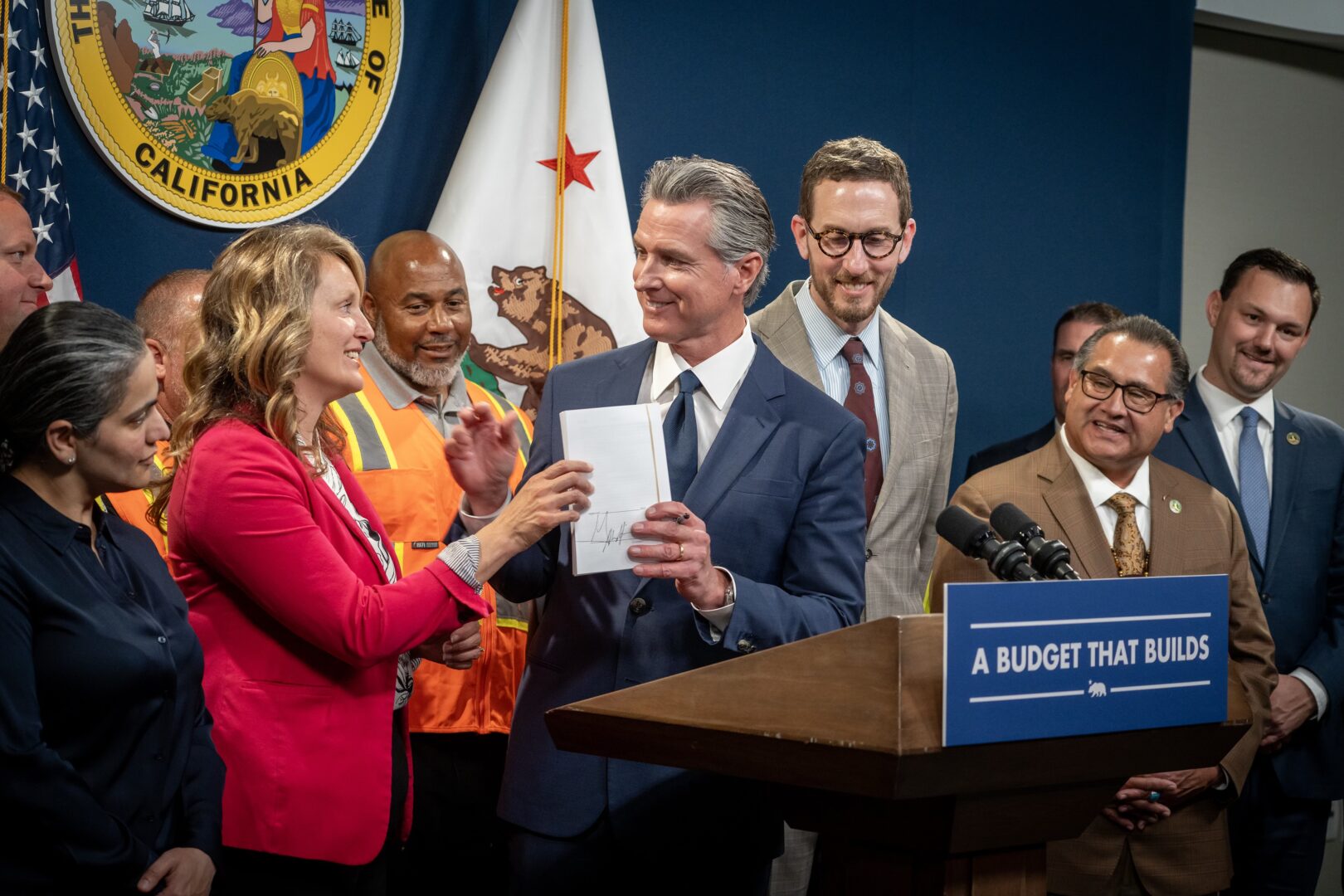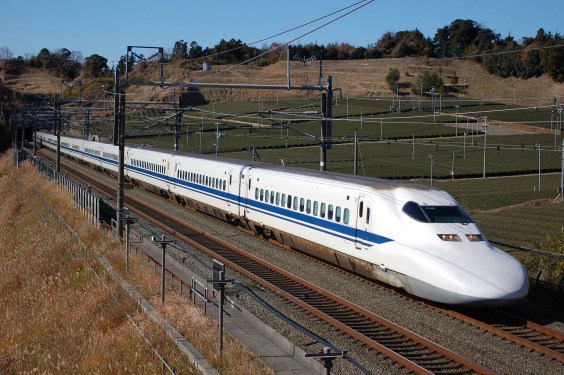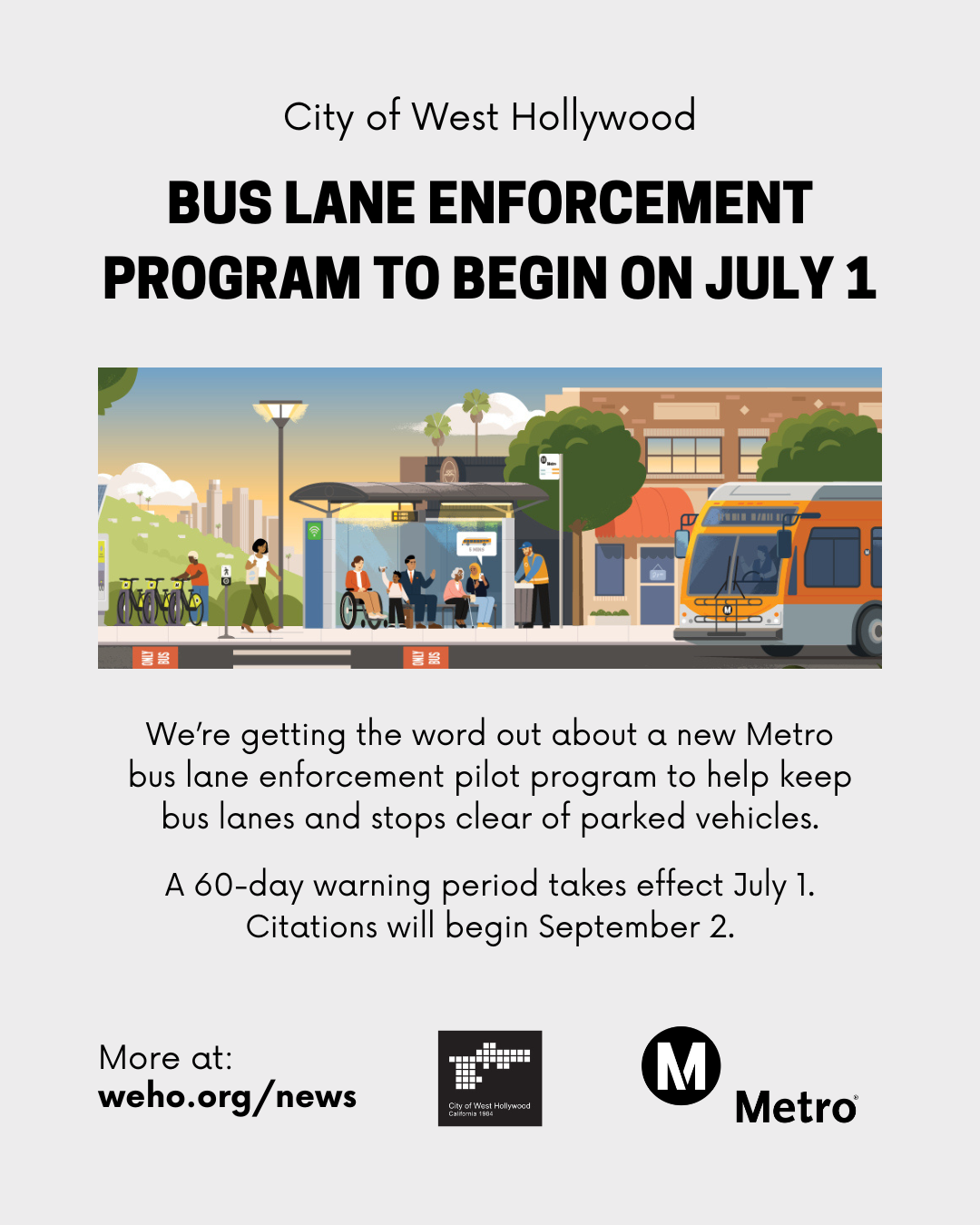
Bike plans are the backbone of future networks of bike lanes and routes, setting out a city's aspirations for how people on bicycles will move safely through them. A strong bike plan can define future networks, identify gaps, and break down the process of improving a city's bike accessibility into achievable, fundable projects.
Bike plans in California are moving out of their infancy as cities discover the importance of good public outreach and of connecting bike needs to other related issues like walking and transit. Some have made mistakes; sometimes planners haven't been able to offer practical solutions to the problem of allocating road space; sometimes they give up in the face of warring community factions.

But it doesn't have to be that way. Dave Campbell of Bike East Bay offers some ideas on what it takes to make a good bike plan. Basically, he says, the process needs to be taken seriously, and funded adequately. Hard data on parking should be collected so that decisions around allocating street space can be based on facts rather than emotional reactions. Reaching out to find out what community members want takes time and effort, but a properly done survey can prevent making decisions based on what the loudest people at a public meeting say.
Fifteen cities in the San Francisco Bay Area, and a substantial number of cities throughout the state, are in the process of updating their existing bike plans. They need to get those plans right, because those plans will shape those city's bike networks for years to come.
According to Campbell, a well-thought-out bike plan needs to include:
- Parking analysis. “No bike plan to date has looked at this potential opportunity to create more roadway space for bike lanes,” writes Campbell. Business owners in particular can be skittish about removing street parking, and when surveyed, they frequently overestimate the number of their customers who drive. In addition, most don't know how much parking is actually available at any given time. In Oakland, one study found that street parking was full only sixty percent of the time. Having concrete data helped planners “make the case for removing some parking for protected bike lanes.”
- Realistic traffic studies. “Traffic studies need to look at normal, average conditions for the street throughout the day, [not just the busiest peak-hour traffic], and they need to do this with current traffic conditions–no bike plan should require a crystal ball to guess how many future residents, some not even born yet, are going to drive,” writes Campbell. “A lot of local public outreach [will be] needed to convince skeptical residents and local businesses that today’s users of our streets are more important than people who may move into a neighborhood in the future. And this analysis has to look at cut-thru traffic vs. local traffic. Drivers who hurry past local businesses without stopping need to have a different priority than drivers who stop and shop.”
- Statistically significant surveys of the general public. Ask bicyclists what they want, but also reach out to people who don't currently ride bikes to find out what might get them to leave their cars at home. “The answers [would] provide needed insight into how many residents potentially could bike” and what it might take to get them there.
- Transit improvements. If physical space for cars is reduced to make way for bike lanes, and car traffic slows down, transit will slow as well. Bike plans should consider transit improvements like bus queue jump lanes, traffic signal coordination, and more frequent bus service to speed up transit. With more good options, people will choose what works best, rather than assuming they have to drive. “When commuters start driving less and commuting more by other modes. . . they consider all their options, and with better transit ridership, we see more bicycling” as well.
- Pilot programs. Give people a taste of what the changes might be like. One-day road diets and pop-up protected bike lanes let people test the concept before any large expenditures are made. Pilots projects need to be well thought-out, but they can be adjusted. And “if adjustments are needed, they are made based on actual data, not forecasts and fears of change,” says Campbell.
Campbell is writing about cities in the San Francisco Bay Area, but his ideas could apply to every city in the state that's pondering creating, or updating, a bike plan.





